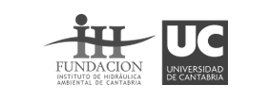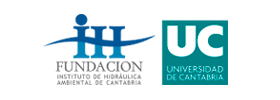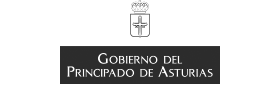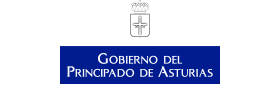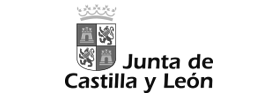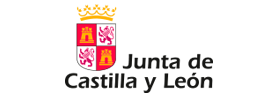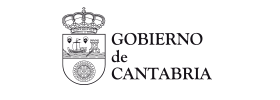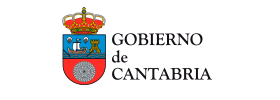
LIFE DIVAQUA is an environmental conservation project funded by the LIFE programme of the European Commission. The actions under the DIVAQUA project have been proposed to maintain and improve, as appropriate, the conservation status of habitats and species of Community interest (those described in annexes I, II and IV of the Directive Habitats; 92/43 / EEC) that appear in the continental aquatic ecosystems of the DIVAQUA area (basins that drain the Picos de Europa National Park; Northern Spain).
Part of these actions have been focused on restoring and improving the ecological and functional processes (ecological connectivity, hydrological regime, sediment transport, etc.) that occur in the aquatic ecosystems of the Natura 2000 network sites within the DIVAQUA area.
OBJECTIVES
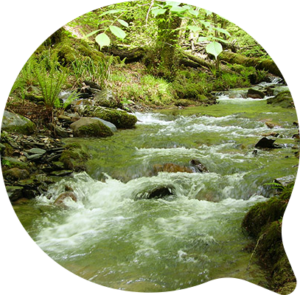
1
Restoring numerous aquatic species and habitats to favorable conservation status.
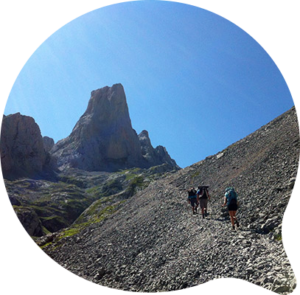
2
Reduce human pressure on biological diversity, thus improving the conservation status of aquatic habitats and species, and increasing ecosystem services.
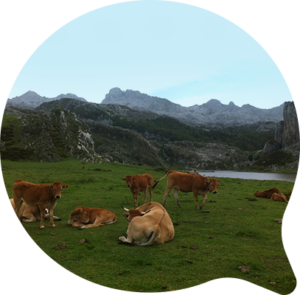
3
Promote the sustainability of productive, educational, cultural and tourist activities, by minimizing their effects on aquatic ecosystems and improving the conservation of biodiversity.
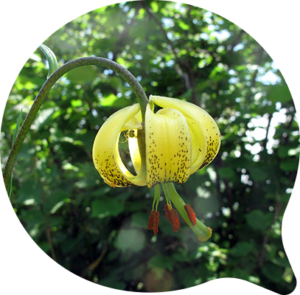
4
Developing new tools and approaches to improve the characterization, monitoring, evaluation and management of species and habitats.
ACTUATION AREA
Connectivity
Restoration of riberbanks
Restoration of habitats
Physico-chemical analysis of water and environmental DNA







